Whether you just binged a bunch of Kung Fu movies or have been a practitioner for a long time, if visiting the Shaolin temple is on your bucket list, but you have no clue how to do it – this is for you.
Step by step guide
Before going into the details of arranging a stay there, I want you to know, that for visiting the temple it really doesn’t matter how well you know Kung Fu. During my time there I have met many people who have been doing Shaolin for years and even teaching it in their home countries – but I have also met people, who came to the temple without any prior knowledge and learned their basics directly from the source. The only thing that truly matters is your determination and how much effort you are willing to put in. If you try hard, you will learn – if you don’t, you will waste your money and time.
The first important step is to find the correct website. And no, it’s not shaolintemple.com. That one leads to a different temple, which claims it is the only one allowing visitors – it’s not and from what I’ve heard, they don’t even have the abbots blessing. But that is going into the complex politics of Shaolin – a topic I’d rather stay clear off. The website you’re looking for is shaolin.org.cn.
Klick through the website to get a better grasp of what is waiting for you. It is changing a lot, so I cannot say, where exactly the following information will be in the future, but currently you will find a list of phone numbers and email addresses under contact. What you need is the foreign affairs office. There are two people there, who speak English – Levy and Winston – and their email address is shaolintemple495@gmail.com.
So naturally, your next step is to send them an email with the length of your stay and your preferred dates. They are pretty flexible on the later, but you need to put a rough estimate in order to get an invitation letter for the visa. Once the duration of your stay is fixed, they ask for an upfront payment of 20% of your total cost. Then they will ask for your passport information in order to set a letter of invitation.
With said letter and all other documents required, you pay a visit to your local Chinese embassy. I did this in Laos, which was quite chaotic, try doing it in your home country to save you some troubles. With the letter I had no problem at all getting my visa – they even gave me 2 months, instead of just the one the letter was for. Still, try to have your paperwork in order and complete…
Now we’re almost done, you just need to get there. This is possible either by flying to the nearest airport in Zhengzhou or taking a train from Beijing, which also goes to Zhengzhou or Luoyang. From either city you need to take a bus or taxi to go to Dengfeng and finally the temple. I got a taxi via the app “didi”, which saved me the troubles of hassling for a good price. Busses are a lot cheaper, but you need to get to the bus station first and arrive at a reasonable hour – which I didn’t, due to a flight delay, which caused me to miss my connection (do not, and I cannot stress this enough, do not book a flight with China Southern). Once you arranged your transportation, you are all set to go live your dream of visiting the Shaolin temple!
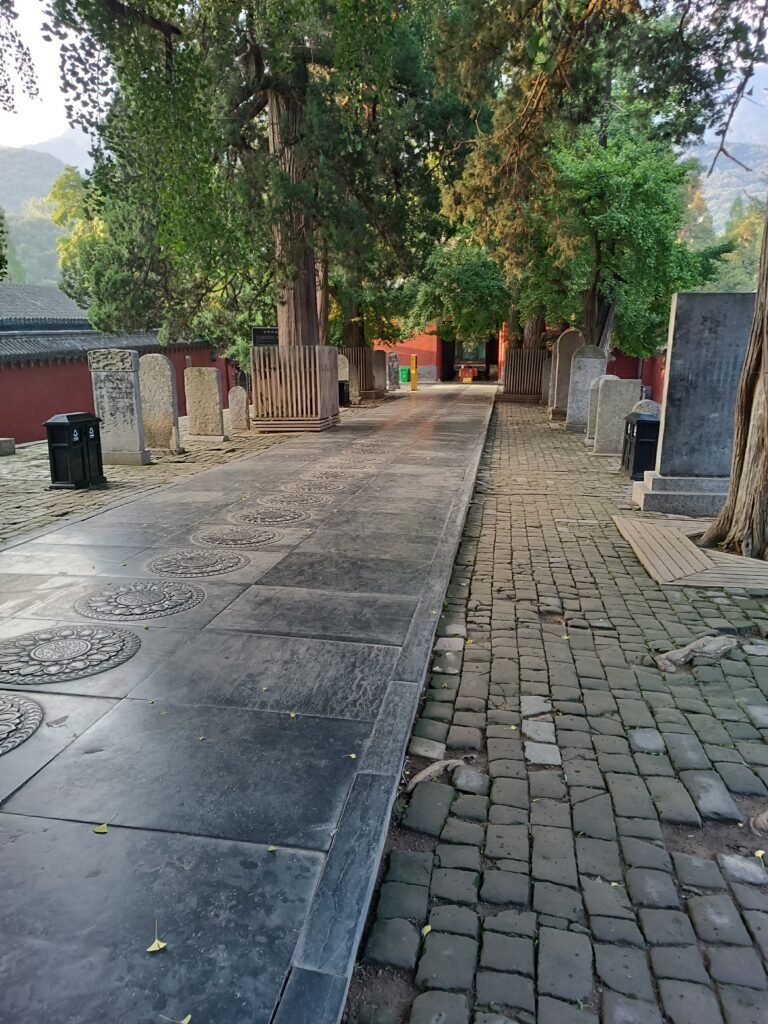

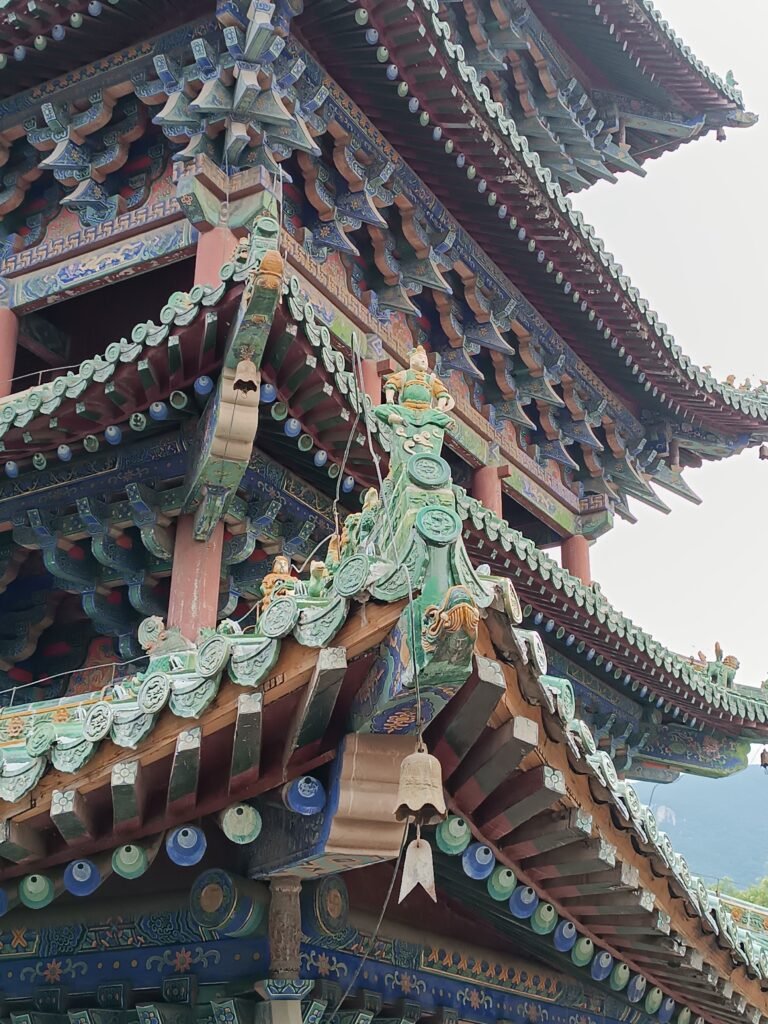
A couple of tips on traveling China in general
- Make sure you install a good VPN before entering the country. I used ExpressVPN, which was ok-ish, but still had some issues occasionally.
- Use didi for taxis – lower prices and you can be sure that he brings you to the right place.
- Get Alipay – you can pay practically everywhere with Alipay, meaning that you have to get only a small amount of cash. Also, you can use it as a means of payment for didi, which comes in quite handy.
- Get a local sim card – mainly for your own comfort. I have heard that eSIMs from Hongkong are a good option, because you don’t need VPN that way, but as my phone doesn’t support eSIMs in general, I just got a Unicom SIM at the airport…
- Download WeChat, aka Weixin and get someone to activate your account for you as soon as possible – this is the best way to communicate with locals, there is also a WeChatPay option available instead of Alipay and the in-chat translations are among the best available
- Get google translate and download Chinese – having an offline translation available is really good for your nerves
- Learn Chinese – not necessary, but helps A LOT, finding someone who speaks English is a rarity in China…

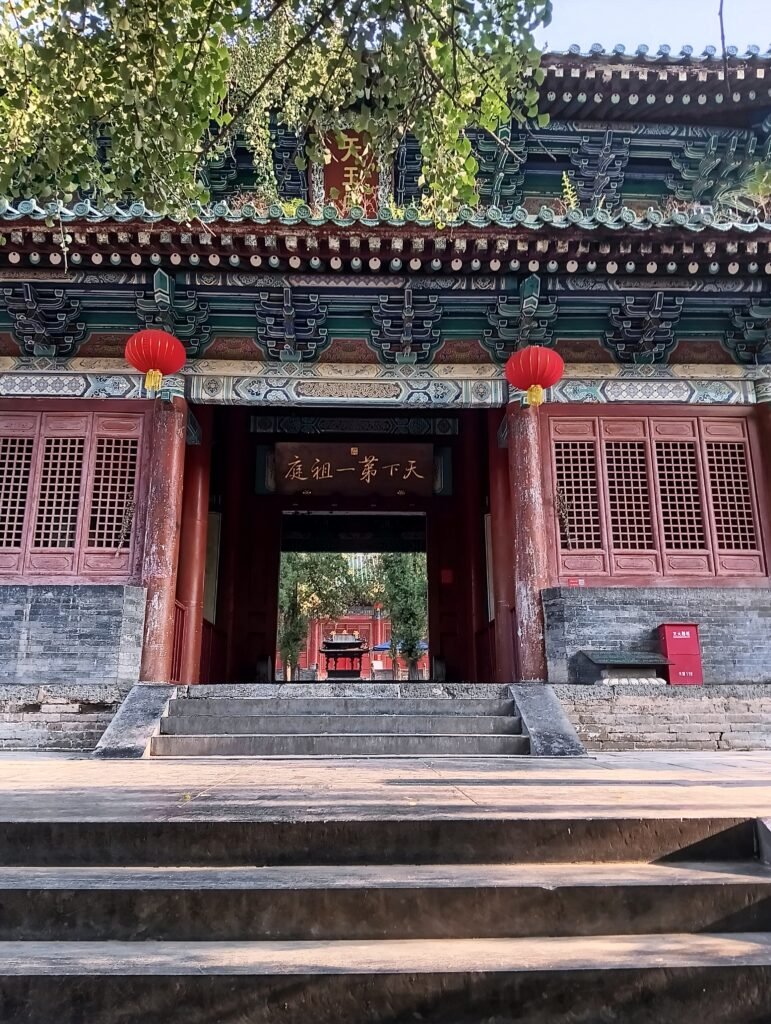

The Pros and Cons of visiting the temple
While being at the temple was absolutely amazing to me, fulfilling a childhood dream really, I have to say that there are a handful of drawbacks that you should be aware of beforehand. But let’s start with the good first.
We are talking about THE Shaolin temple, with all the history and stories of the past, the original monuments, statues and practices. You will see not only the temple itself, but also many surrounding temples and of course the famous Damo cave, where Boddhidharma himself reached enlightenment. So, there is a lot of historical background there.
Then of course the people. You can join the monks during the morning ceremony and eat with them for breakfast and lunch. If you are lucky, you will even live in the temple, so close to everything and everyone. Some of the best practitioners are there and if you are lucky, you might get a teacher that will share some hidden, ancient knowledge with you. This is the original source of Kung Fu.
Talking about the people you cannot forget about the internationals staying there. It is a hub for practitioners from all over the world to come and exchange knowledge. You can find some amazing friends there and they will truly enrich your stay there.
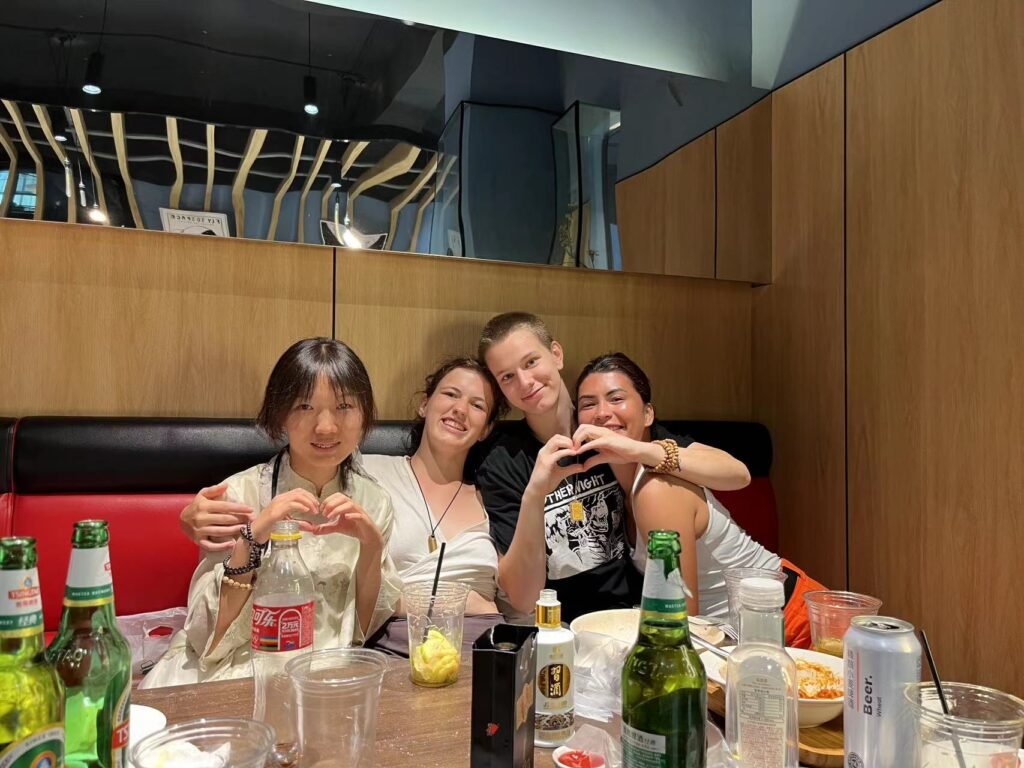
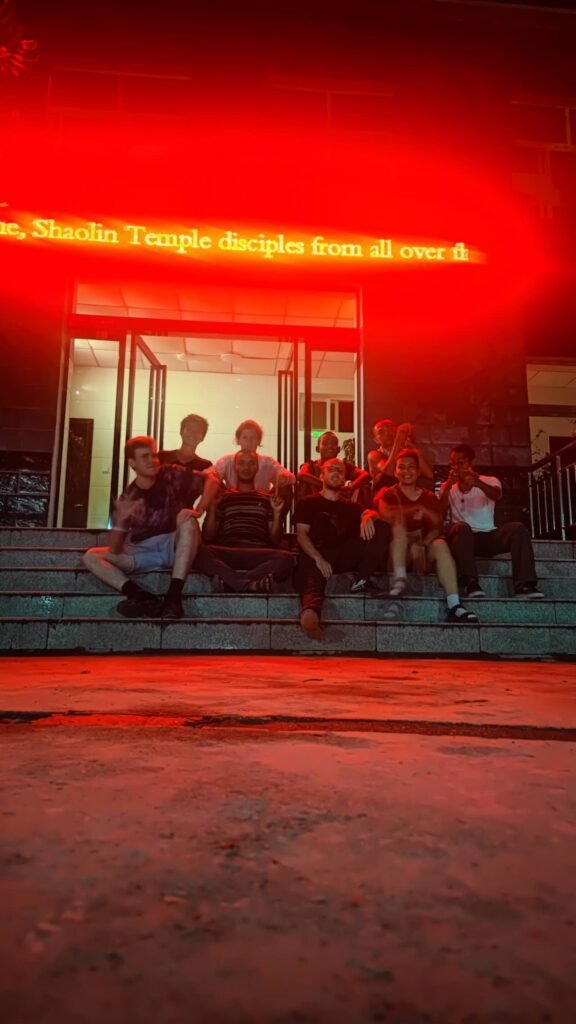

Now, to some things that I see as kind of neutral, but might come as a shock, especially for people used to European standards: you are sharing a room with multiple other people, even the women’s room had 5/6 beds full for a part of my stay. The rooms are small, and cleaning is your own responsibility, so as they get dirty extremely quickly, they are dirty. But there is a hot shower, a western toilet and an AC, so really, high standards for Asia. Also, the bunk beds are kind of instable, and you feel every move of the other person. I didn’t mind to much, but some people might. Mattresses are thin, about 5cm and it feels more like camping than lying in a bed. That being said, the rooms are ok for being so close to the temple and it adds the flair of living the tough temple life.
Coming in summer the weather is humid, rainy and hot, which can be tough on the body. Make sure to bring enough changes of clothes and some electrolytes to re-hydrate quickly during the training. Also, I can recommend drinking lots of tea, for some reason that really helps.
With the climate come the mosquitos. After a while you kind of give up on killing them all and just live with the constant itching, but having a good repellent and something to put on the bites is incredibly important. They don’t care about the time of day and will eat you alive even as you train. Try to keep the door of your room shut and only open the windows if there is a net in front of it, or you will regret it during the night.
On a side note, the Shaolin temple pharmacy has some amazing stuff available for colds, muscle and joint aches etc. and they treat disciples of the temple for free, so make sure to pay them a visit, when you’re there!

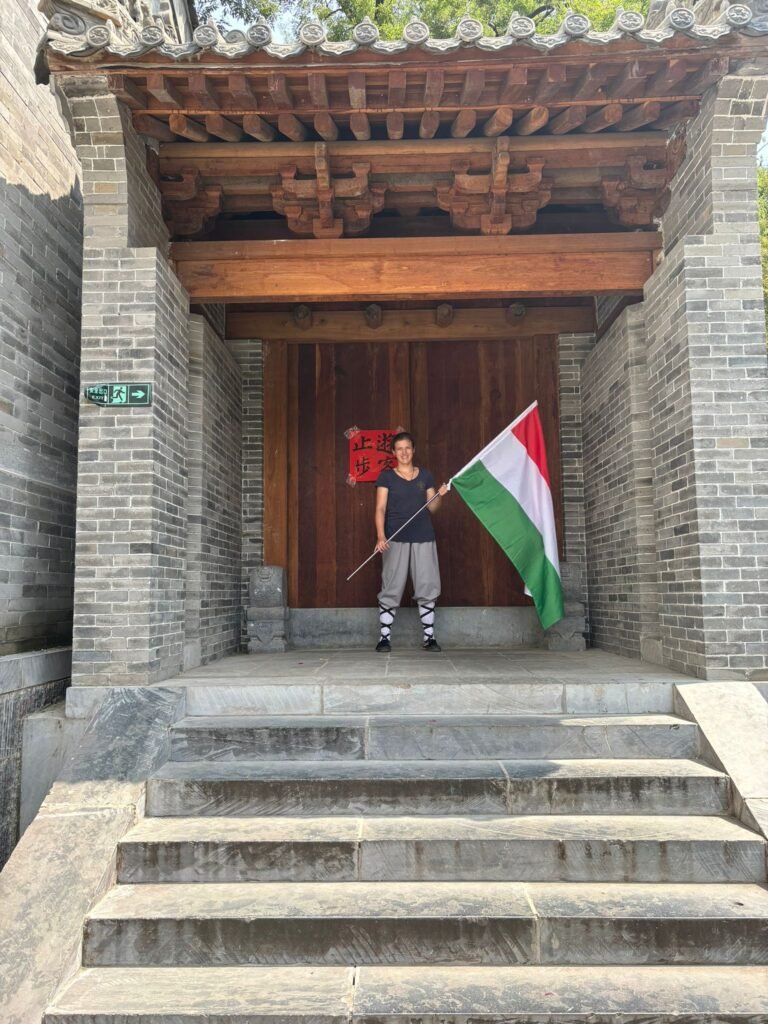
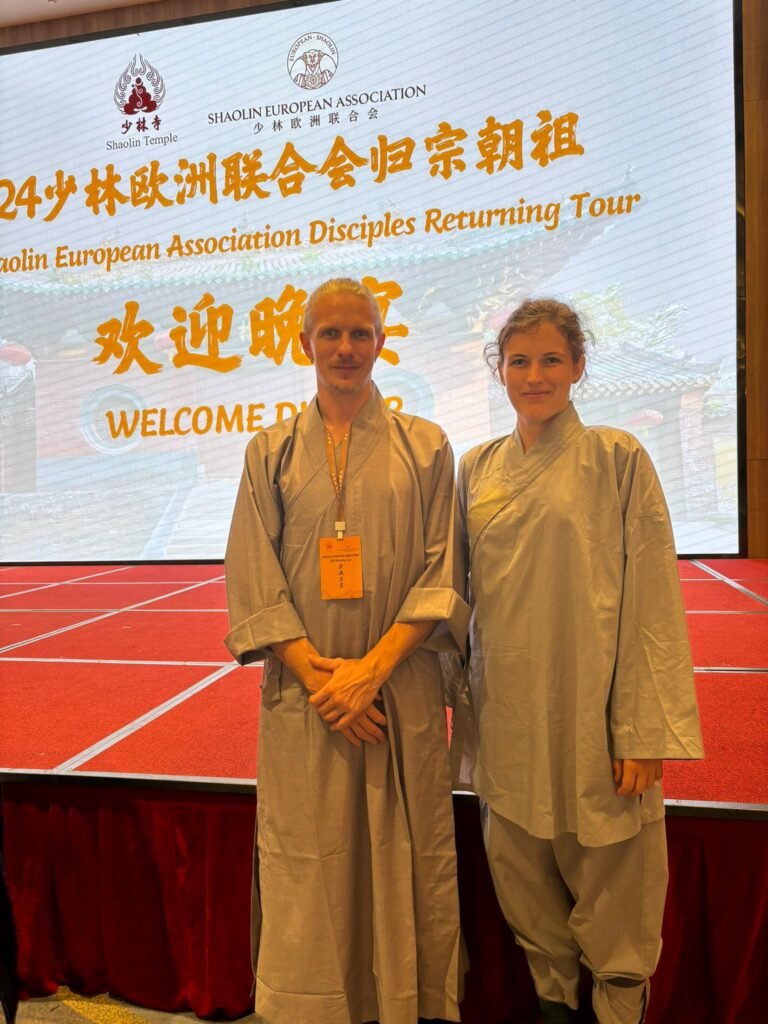
So, on the actual Kung Fu part – while some masters are absolutely incredible, others do not care about you at all, and you might end up disappointed in the training. There are only 4hrs of training per day, unless you pay for additional classes privately, and they only teach Kung Fu in the regular classes – even if they say otherwise in the mails before. I have heard that some of the surrounding Kung Fu schools offer a better curriculum and more engaged masters. Depending on what you really want to learn, one of them might be a better pick for you. The temple is a good starting point though, as you will find good contacts here to explore more. And you might get lucky with one of the great masters, like I did. What definitely helps is speaking Chinese though, as not a single master spoke English and I was fully reliant on my peers, who translated (thank you guys, I love you).
Finally, I’d like to give out a warning as well. Normally I don’t like spreading rumours, but as my sources were directly affected by this, I cannot wholeheartedly recommend going to the temple without being aware of this. Some of the teachers there, who might dress like monks but aren’t, have a history of sexually assaulting students, even children. Also, they hit children (and adults), which is considered normal in China. They will usually not go for Europeans, but there are exceptions. It is not ok either way. Talk to your peers and get a grasp of who it is before letting your guard down and collect evidence if anything happened to you. Due to internal power struggles and politics, it is near impossible to get rid of said persons, it has been tried before, but maybe this will change at some point…
If you want to hear more about the real life at the temple – good and bad – check out Dragon Lords on YouTube and Instagram.
Overall, I enjoyed my time in the temple and had a great time with my fellow disciples, making amazing friends who were truly hard to leave behind. I’d definitely go back there, maybe to another school though. The vibe of the area is truly unique, with so many marital arts specialists and enthusiasts in one space. Stay save, practice hard and you will have the time of your life.
xxx